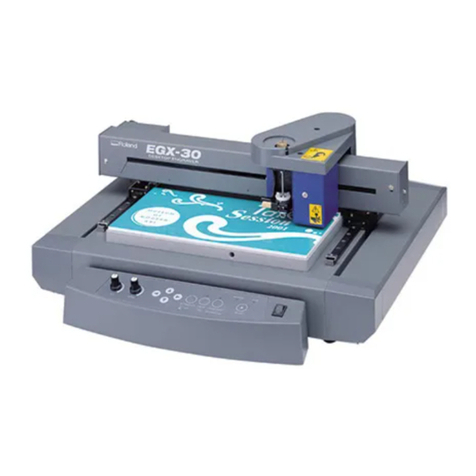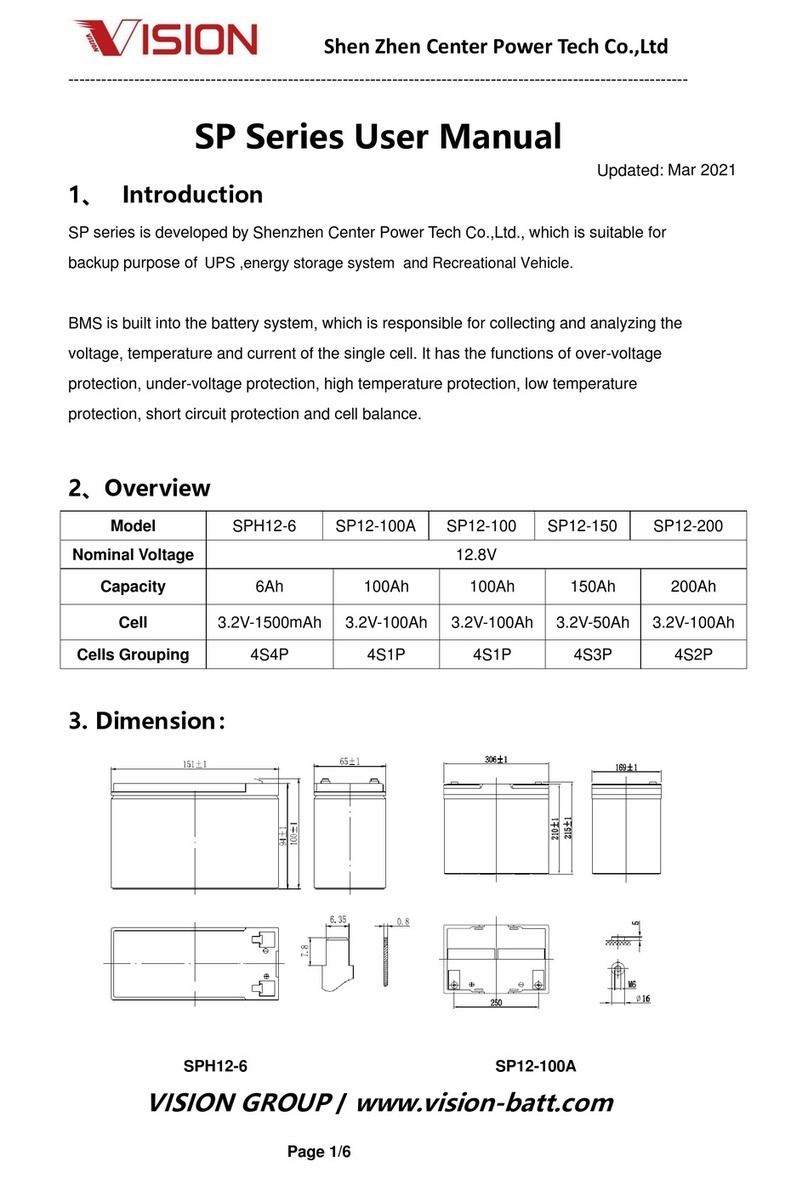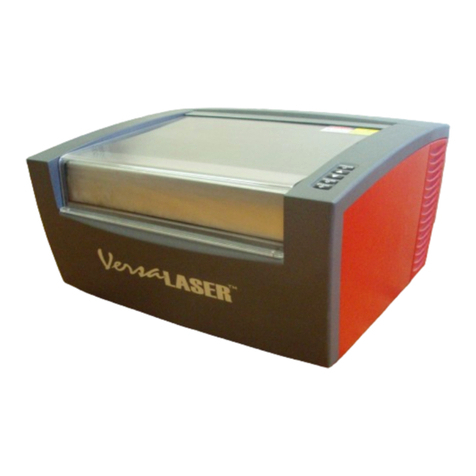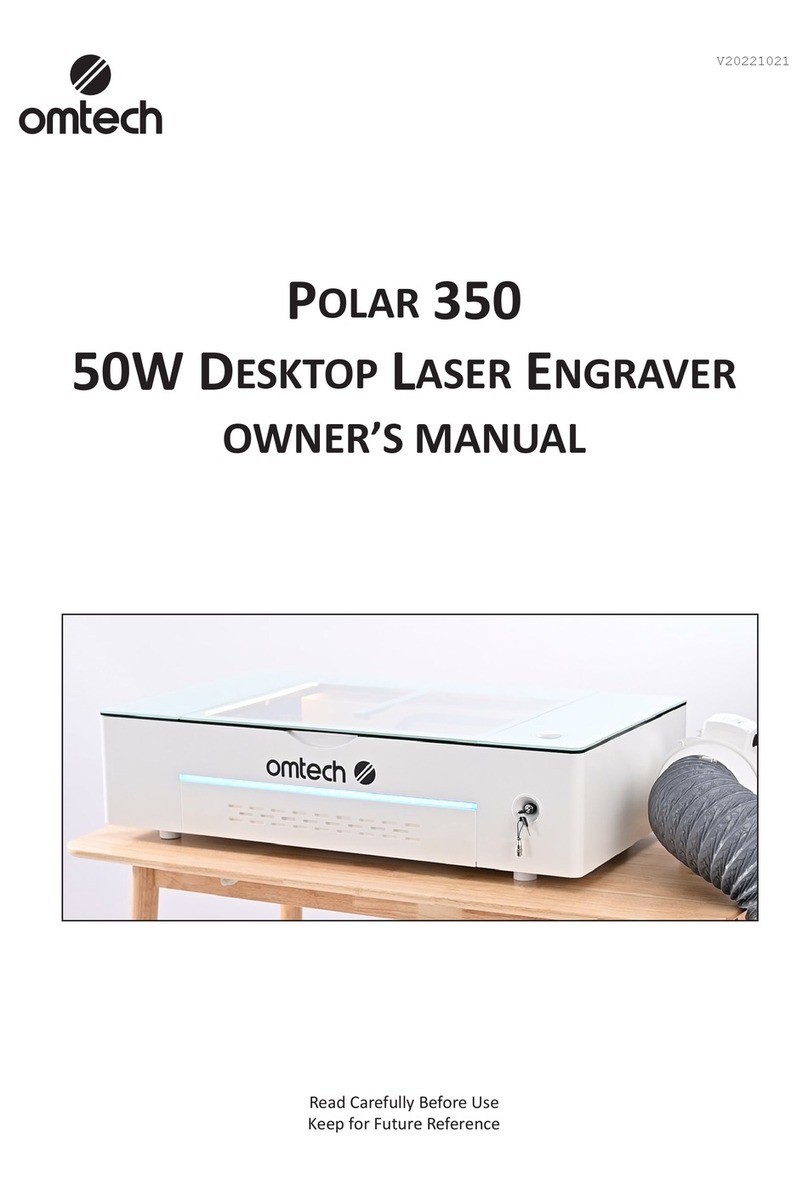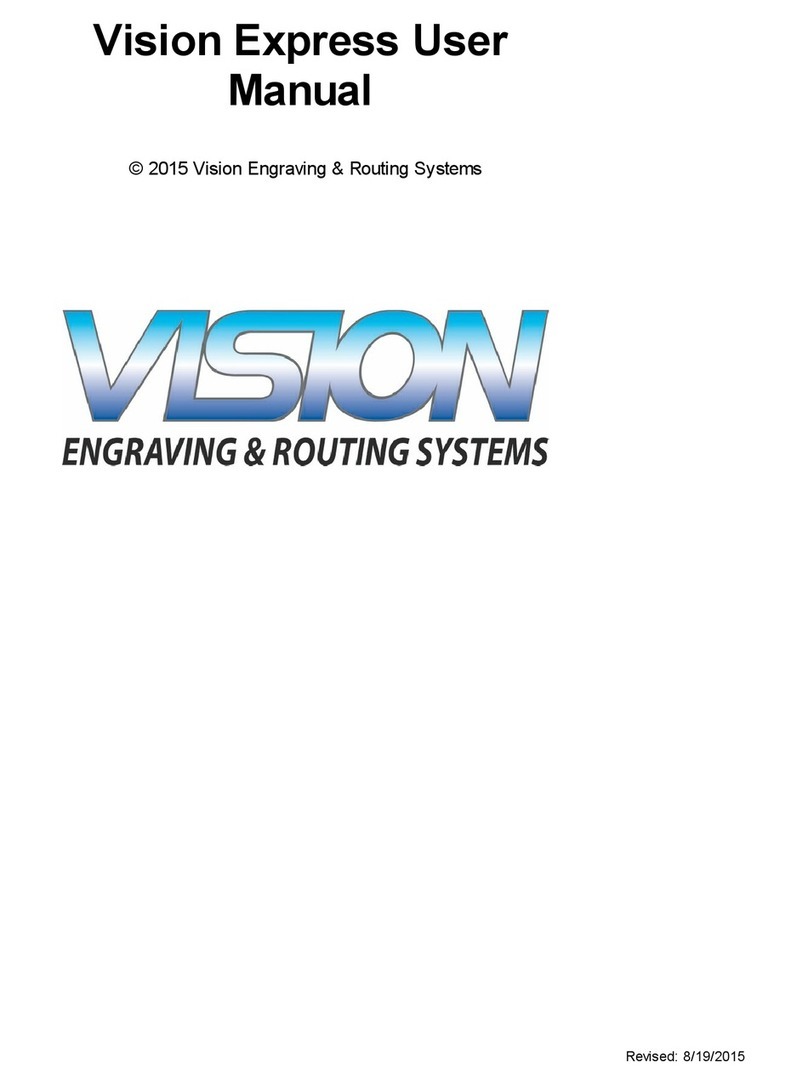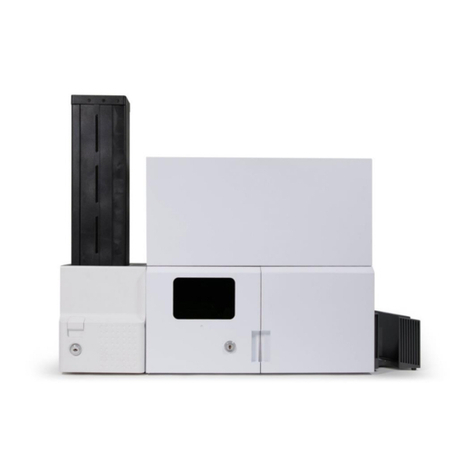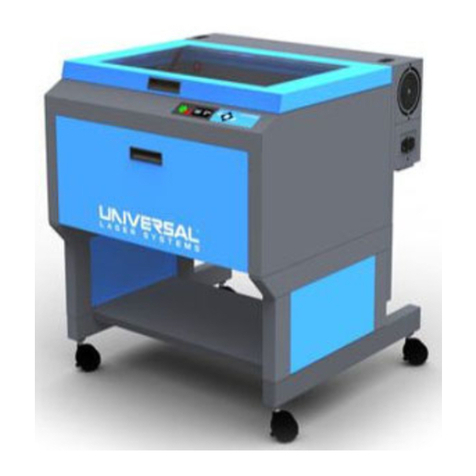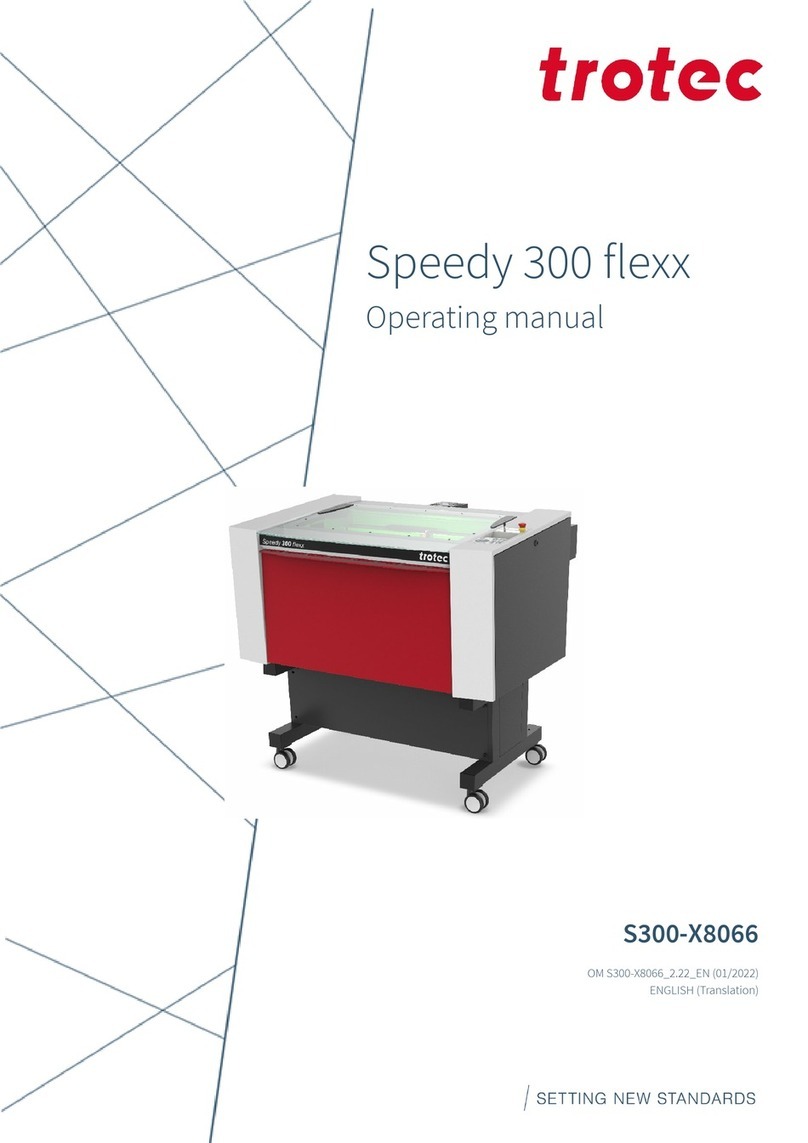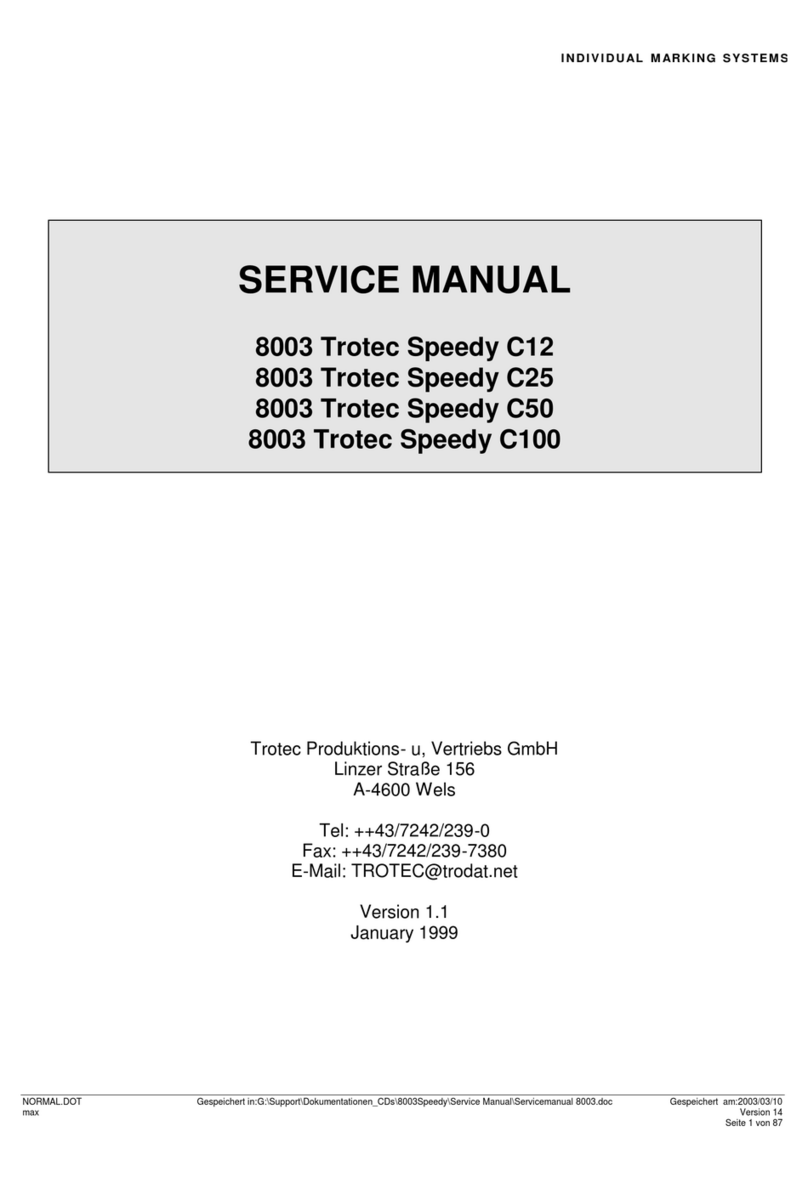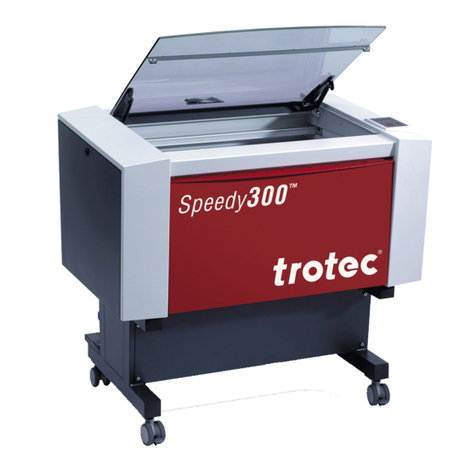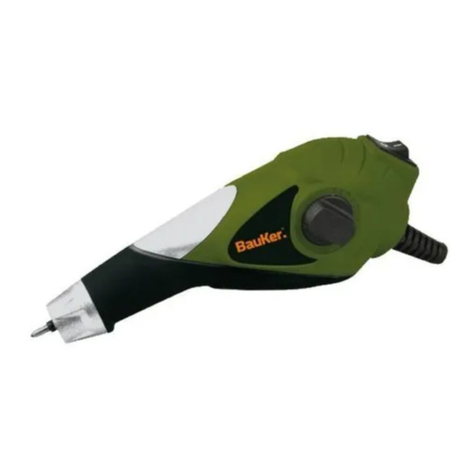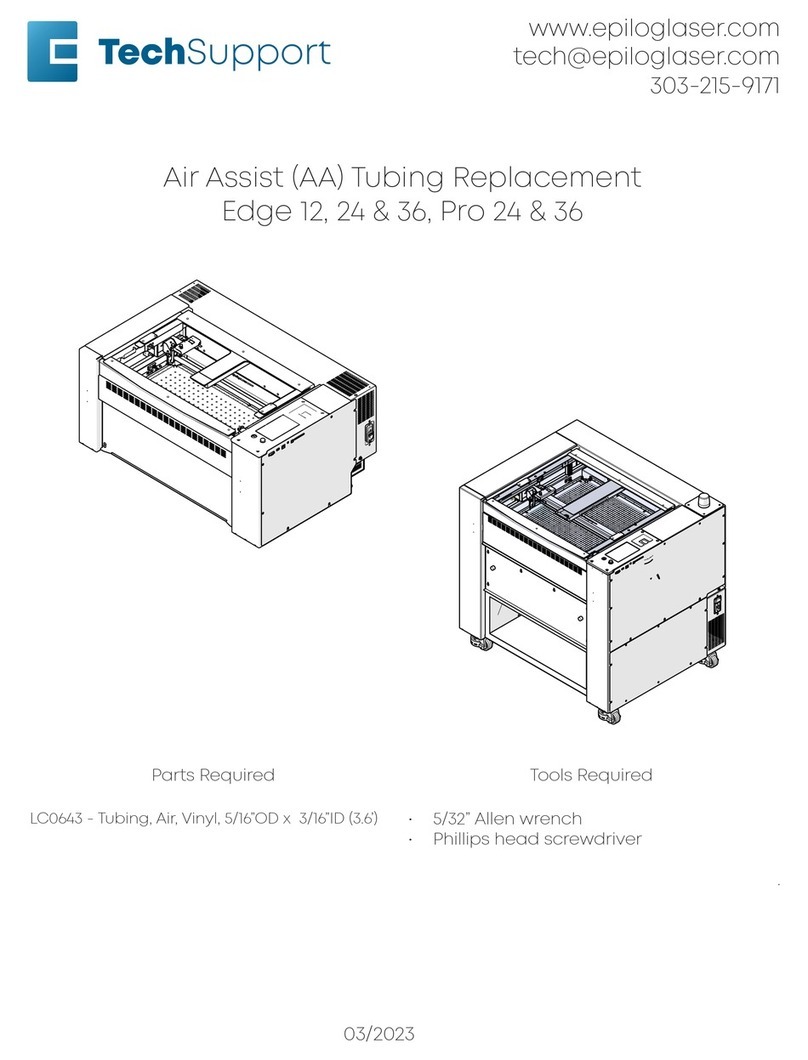
Content
2.8.4 Information about damaged optics....................................................................................................................24
2.8.5 Protective measures for damaged optics..........................................................................................................24
2.9 In case of emergency.................................................................................................................................................25
3 Technical Data.............................................................................................................. 26
3.1 Dimensions and weight............................................................................................................................................ 26
3.2 Computer requirements............................................................................................................................................26
3.3 Exhaust system requirements..................................................................................................................................27
3.4 List of materials.......................................................................................................................................................... 29
4 Machine overview.........................................................................................................33
4.1 Tables (multifunctional table concept)..................................................................................................................34
4.2 Lens(es).........................................................................................................................................................................35
5 Transport...................................................................................................................... 36
5.1 Safety notes................................................................................................................................................................. 36
5.2 Delivery state............................................................................................................................................................... 36
5.3 Temperature and humidity...................................................................................................................................... 37
5.4 Required tools for unloading and transport.........................................................................................................38
5.5 Place of storage.......................................................................................................................................................... 38
5.6 Transport inspection and reporting of defects....................................................................................................38
5.7 Unpacking the machine............................................................................................................................................38
5.8 Relocation of the machine.......................................................................................................................................39
6 Setup and installation.................................................................................................. 41
6.1 For your safety............................................................................................................................................................ 41
6.2 Temperature and humidity...................................................................................................................................... 41
6.3 Space requirements...................................................................................................................................................42
6.4 Setup............................................................................................................................................................................. 42
6.5 Connections.................................................................................................................................................................43
6.5.1 Mains connection....................................................................................................................................................43
7 Connection of additional components..........................................................................44
7.1 Exhaust system............................................................................................................................................................44
8 Operation..................................................................................................................... 45
8.1 Before commissioning...............................................................................................................................................45
8.2 Power On/Off...............................................................................................................................................................45
8.3 Control panel and keypad........................................................................................................................................47
8.4 Keypad.......................................................................................................................................................................... 47
8.5 Description...................................................................................................................................................................48
8.6 Shortcuts...................................................................................................................................................................... 51
8.7 Lense placement........................................................................................................................................................ 52
8.8 Switch laser source manually..................................................................................................................................54
8.9 Focusing methods......................................................................................................................................................54
6


